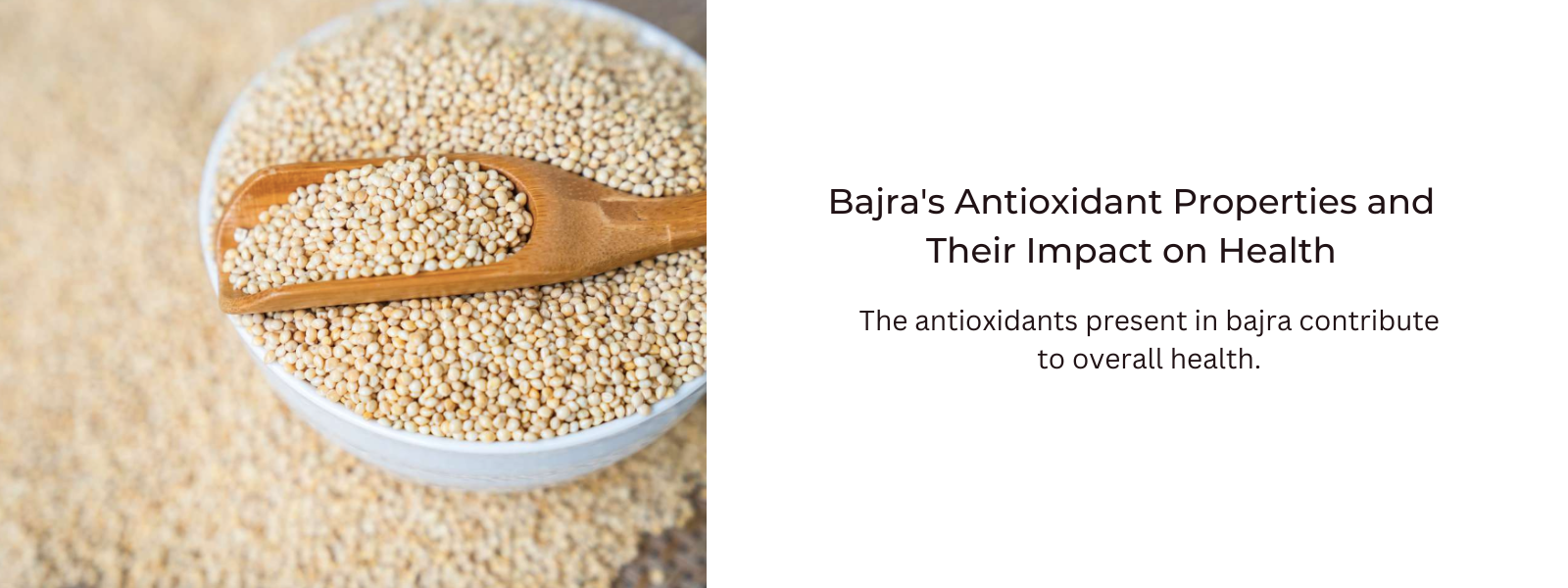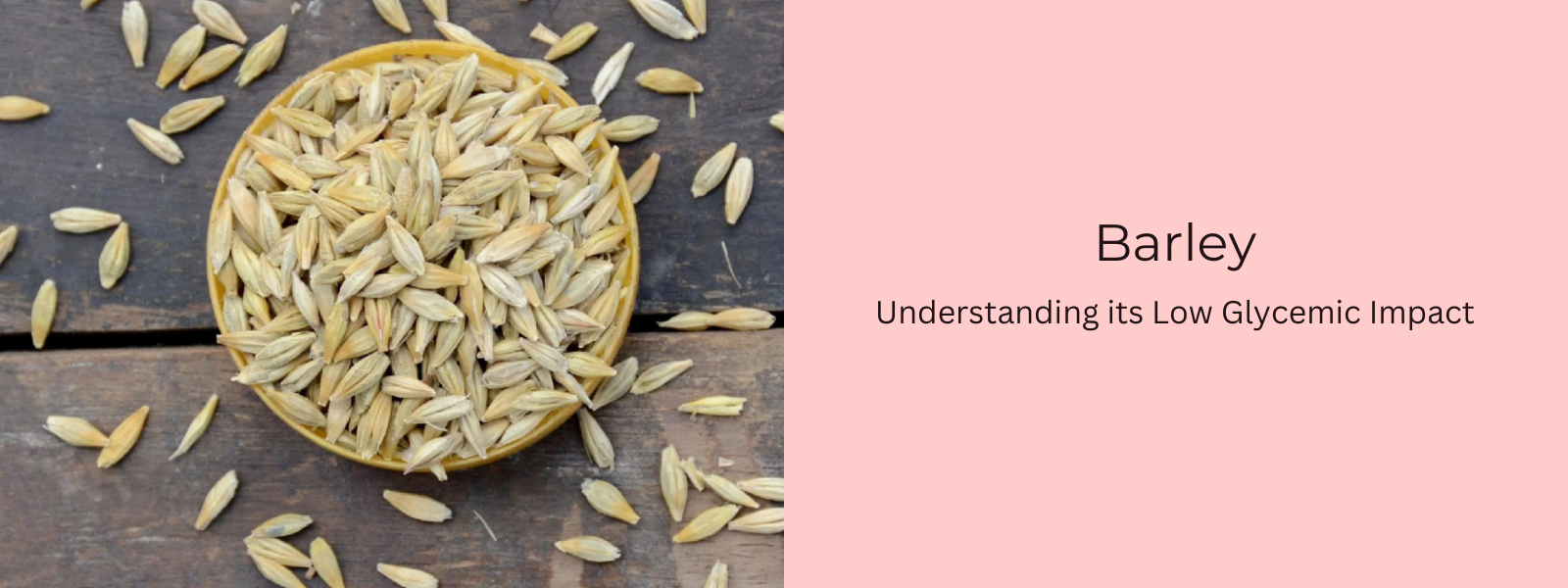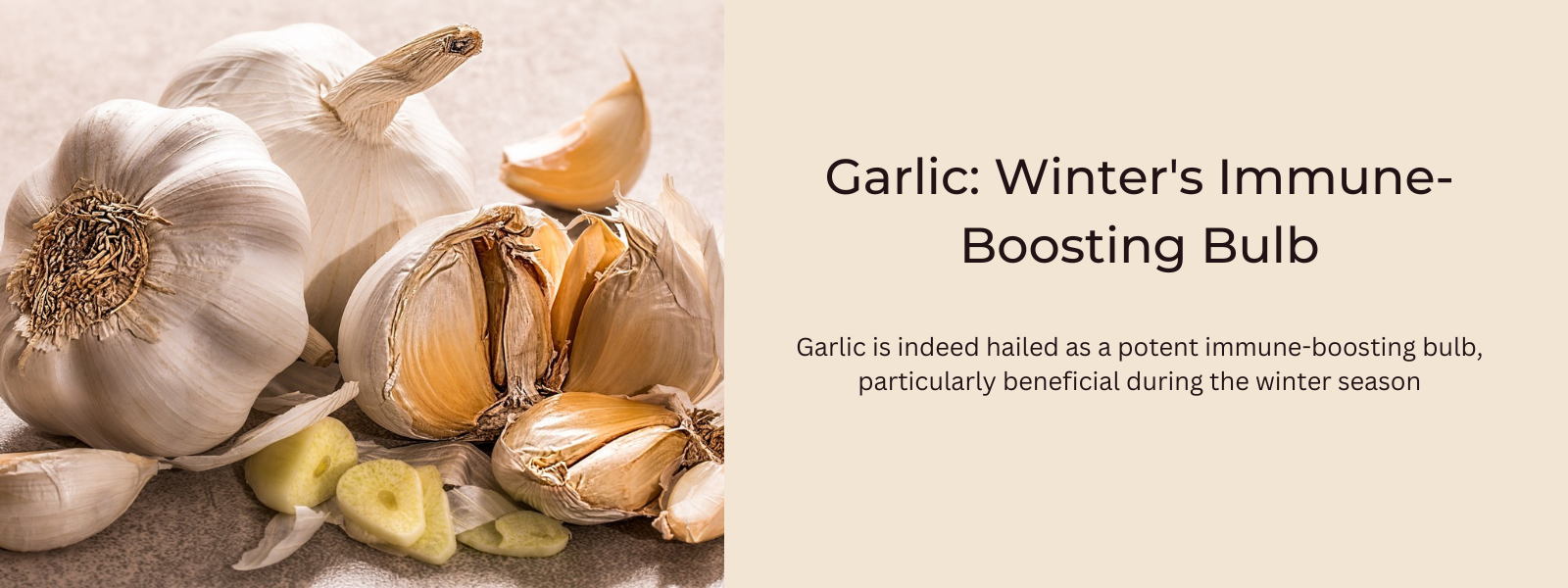Basmati rice, a long-grain rice variety known for its distinct aroma and fluffy texture, holds a significant place in a low-glycemic index (GI) diet. Despite being a type of rice, basmati rice has a lower GI compared to other rice varieties, meaning it causes a slower and more gradual increase in blood sugar levels after consumption. This is attributed to its unique composition, including higher amylose content and lower amylopectin content, which affect its digestion and absorption rates. As a result, basmati rice is often favored by individuals seeking to manage their blood sugar levels or adhere to a low-GI diet. Its ability to provide sustained energy without causing rapid spikes in blood sugar makes it a suitable carbohydrate option for those with diabetes or individuals looking to maintain stable blood sugar levels. Incorporating basmati rice into meals alongside protein, fiber-rich vegetables, and healthy fats can contribute to balanced and satisfying meals that support overall health and well-being.
Table of Contents
What Is Basmati Rice?
Basmati rice is a long-grain rice variety known for its fragrant aroma, delicate flavor, and distinctively fluffy texture when cooked. It is primarily cultivated in the Indian subcontinent, particularly in the foothills of the Himalayas, where the unique climate, soil, and water conditions contribute to its exceptional quality. The name "basmati" is derived from the Sanskrit word "vasmati," meaning fragrant, which aptly describes the aromatic nature of this rice.
Basmati rice grains are long and slender, with a fine, delicate appearance. When cooked, the grains remain separate and fluffy, making it a popular choice for pilafs, biryanis, and other rice-based dishes where individual grains are desired. Basmati rice is prized for its ability to absorb flavors and aromas, enhancing the overall taste of the dish.
In addition to its culinary qualities, basmati rice also holds cultural and historical significance. It has been cultivated in the Indian subcontinent for centuries and is deeply rooted in the culinary traditions of the region. Basmati rice is often associated with special occasions, celebrations, and feasts, where it is served as a symbol of hospitality and abundance.
Due to its unique characteristics and popularity, basmati rice is exported and enjoyed worldwide. It is commonly found in international markets and is a staple ingredient in many cuisines, including Indian, Pakistani, Middle Eastern, and Southeast Asian cuisines.
Is Basmati Rice Good For Diabetics?
Basmati rice can be a suitable option for individuals with diabetes when consumed in moderation and as part of a balanced diet. Compared to other rice varieties, basmati rice typically has a lower glycemic index (GI), which measures how quickly carbohydrates in food raise blood sugar levels. With its lower GI, basmati rice causes a slower and more gradual increase in blood sugar levels after consumption, making it less likely to cause sudden spikes in blood glucose. This can be beneficial for individuals with diabetes who need to manage their blood sugar levels effectively. However, portion control is key, and it's important to pair basmati rice with other low-GI foods such as lean proteins, fiber-rich vegetables, and healthy fats to create balanced meals that support blood sugar management. Overall, while basmati rice can be included in a diabetic-friendly diet, moderation and mindful eating practices are essential.
Basmati Rice and Its Place in a Low-GI Diet:
Basmati rice, a staple in many cuisines, is a long-grain rice variety prized for its fragrant aroma, delicate flavor, and fluffy texture when cooked. While rice is often associated with a high glycemic index (GI), basmati rice stands out for its relatively lower GI compared to other rice varieties. This characteristic makes it a valuable component of a low-GI diet, which focuses on consuming foods that cause a gradual and moderate increase in blood sugar levels.
The glycemic index (GI) is a measure of how quickly carbohydrates in food raise blood sugar levels. Foods with a low GI (55 or less) are digested and absorbed more slowly, resulting in a slower and steadier increase in blood sugar levels. Basmati rice typically has a GI ranging from 50 to 58, depending on factors such as processing, cooking method, and individual metabolism. This makes it a preferred choice for individuals seeking to manage their blood sugar levels, including those with diabetes or those looking to prevent spikes and crashes in blood sugar.
Several factors contribute to basmati rice's lower GI compared to other rice varieties. One key factor is its higher amylose content relative to amylopectin. Amylose is a type of starch that takes longer to digest, leading to a slower release of glucose into the bloodstream. Basmati rice also contains resistant starch, which resists digestion in the small intestine and has minimal impact on blood sugar levels. Additionally, the way basmati rice is processed and cooked can influence its GI. For example, parboiled or partially precooked basmati rice tends to have a lower GI compared to white rice.
Incorporating basmati rice into a low-GI diet offers several benefits. It provides a source of complex carbohydrates, which are essential for sustained energy and fueling bodily functions. The slow and steady release of glucose from basmati rice helps maintain stable blood sugar levels, reducing the risk of sudden spikes and crashes that can negatively impact energy levels and overall health. Furthermore, basmati rice is naturally gluten-free and low in fat, making it suitable for individuals with gluten sensitivities or those looking to manage their weight.
When including basmati rice in a low-GI diet, it's important to consider portion sizes and pair it with other low-GI foods such as lean proteins, healthy fats, and fiber-rich vegetables. This helps create balanced and nutritious meals that provide sustained energy and promote overall well-being. Whether enjoyed as a side dish, in pilafs, stir-fries, or salads, basmati rice adds both flavor and nutritional value to a variety of dishes, making it a versatile and healthful choice for individuals looking to maintain stable blood sugar levels as part of a balanced diet.
Healthy Basmati Rice Recipes:
- Vegetable Pulao:
- In a large pot, heat ghee or oil and add whole spices like cloves, cardamom, cinnamon, and bay leaves.
- Sauté finely chopped onions until translucent, then add minced garlic and ginger paste.
- Add chopped mixed vegetables such as carrots, green beans, peas, and bell peppers.
- Stir in soaked basmati rice and sauté for a few minutes.
- Pour in water or vegetable broth, season with salt, and bring to a boil.
- Reduce heat, cover, and simmer until the rice is cooked and the liquid is absorbed.
- Garnish with chopped cilantro and serve hot with yogurt or raita.
- Lentil and Rice Khichdi:
- Rinse basmati rice and yellow lentils (moong dal) and soak for 30 minutes.
- In a pressure cooker, heat ghee or oil and add cumin seeds, mustard seeds, and chopped onions.
- Sauté until onions are golden brown, then add minced garlic, ginger, and green chilies.
- Add chopped vegetables like carrots, peas, and potatoes (optional) and sauté briefly.
- Drain the soaked rice and lentils and add them to the cooker along with turmeric, coriander powder, and salt.
- Pour in water and pressure cook until rice and lentils are cooked through.
- Serve hot with a dollop of ghee or yogurt and pickle on the side.
- Coconut Milk Rice (Thengai Sadam):
- In a pan, heat coconut oil and add mustard seeds, curry leaves, dried red chilies, and urad dal.
- Once the mustard seeds splutter, add grated coconut and sauté until lightly golden.
- Add cooked basmati rice to the pan along with salt and turmeric powder.
- Pour in coconut milk and mix well, ensuring the rice is evenly coated.
- Cook on low heat until the coconut milk is absorbed and the rice is heated through.
- Garnish with chopped cilantro and roasted cashews before serving.











Leave a comment